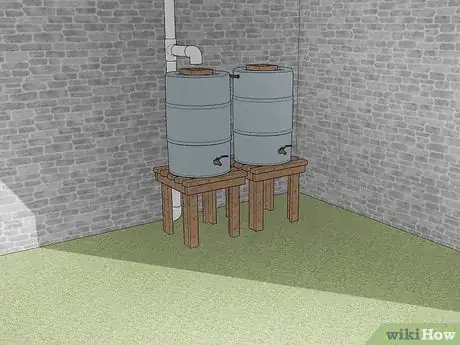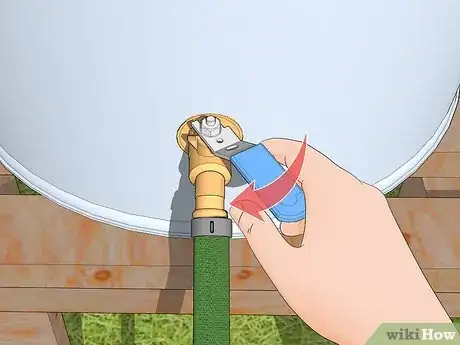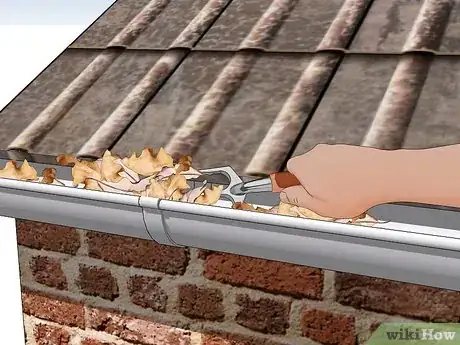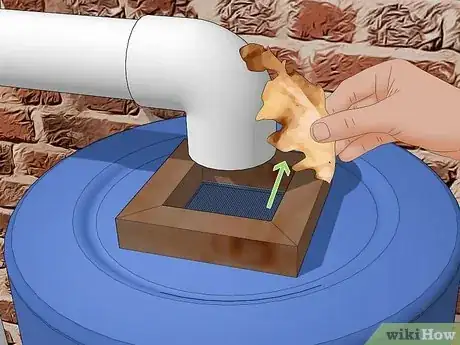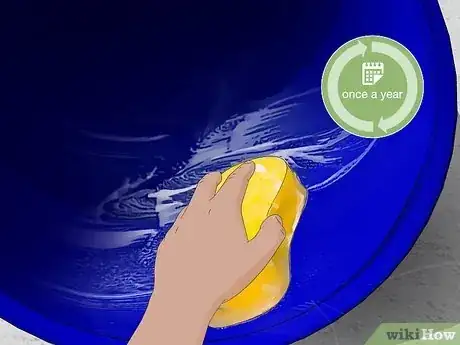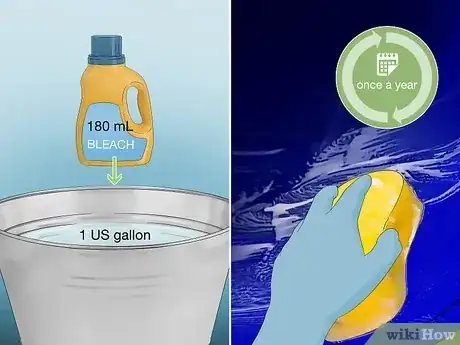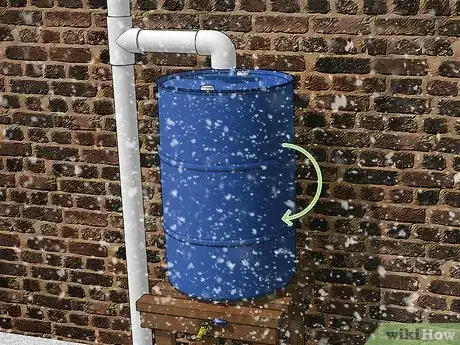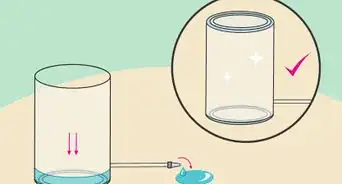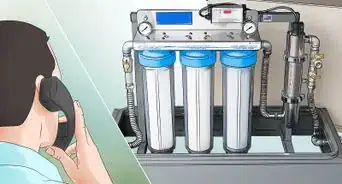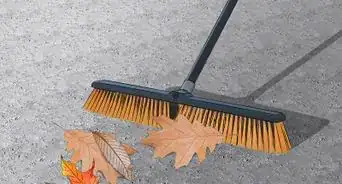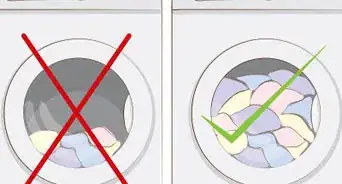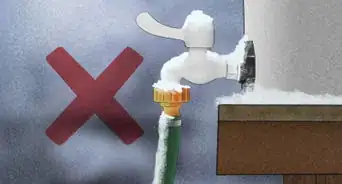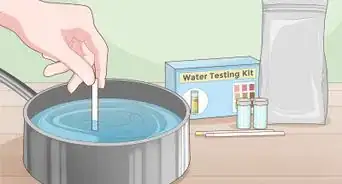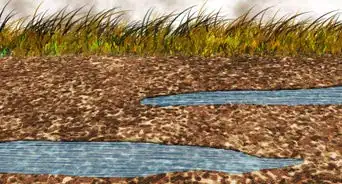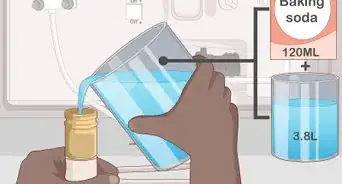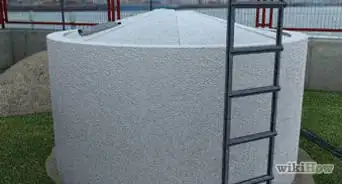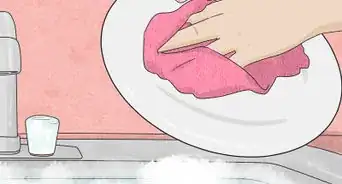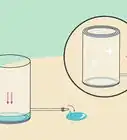This article was co-authored by Scott Johnson and by wikiHow staff writer, Hannah Madden. Scott Johnson is the Owner and Lead Design Consultant for Concrete Creations, Inc., an award-winning landscape and design company based in the San Diego, California metro area. He has over 30 years of experience in the pool and landscape construction industry and specializes in large estate outdoor environment construction projects. His work has been featured in San Diego Home & Garden Magazine and on Pool Kings TV Show. He earned a BS degree in Construction Management with an emphasis in Architecture and CAD design from Northern Arizona University.
This article has been viewed 40,505 times.
Rain barrels are a great way to conserve water—but the humid nature of rain barrels also creates the perfect environment for algae. While a little bit of algae in your rain barrels is fine, too much algae has the potential to clog your overflow valve and your hose. Fortunately, with the right cleaning methods and storage techniques, you can prevent algae in your rain barrels.
Steps
Community Q&A
-
QuestionIs algae detrimental to your pets?
 wikiHow Staff EditorThis answer was written by one of our trained team of researchers who validated it for accuracy and comprehensiveness.
wikiHow Staff EditorThis answer was written by one of our trained team of researchers who validated it for accuracy and comprehensiveness.
Staff Answer wikiHow Staff EditorStaff AnswerYes, large quantities of algae can be toxic to animals if they ingest it. If you know there's algae in your rain barrels, keep them covered, and don't let your animals drink from them.
wikiHow Staff EditorStaff AnswerYes, large quantities of algae can be toxic to animals if they ingest it. If you know there's algae in your rain barrels, keep them covered, and don't let your animals drink from them. -
QuestionI use rainwater on my garden. Algae builds and stops up my drip irrigation system. What can I do to prevent this and still be safe for my garden foods?
 Community AnswerAlgae requires light to grow. Is your tubing or rainbarrel clear or light colored? Is it possible to set a planter on top of the barrel or to otherwise shield the barrel from light exposure? If you are using clear irrigation tubing, I suggest switching over to black flex tubing or solid tubing that prohibits light when replacing parts next time. In the meantime, you likely need to detach the barrel and use a bit of bleach first to kill what has grown in your system. I'd stick a few piece of old screening near the exit to catch random particles, or maybe set up a gravel/sand filtration process inside your rain barrel. After that is done, then shield the stored tankwater from all sun.
Community AnswerAlgae requires light to grow. Is your tubing or rainbarrel clear or light colored? Is it possible to set a planter on top of the barrel or to otherwise shield the barrel from light exposure? If you are using clear irrigation tubing, I suggest switching over to black flex tubing or solid tubing that prohibits light when replacing parts next time. In the meantime, you likely need to detach the barrel and use a bit of bleach first to kill what has grown in your system. I'd stick a few piece of old screening near the exit to catch random particles, or maybe set up a gravel/sand filtration process inside your rain barrel. After that is done, then shield the stored tankwater from all sun.
References
- ↑ https://crowwing.us/DocumentCenter/View/734/Rain_Barrels?bidId=
- ↑ https://crowwing.us/DocumentCenter/View/734/Rain_Barrels?bidId=
- ↑ https://raleighnc.gov/stormwater/using-rain-barrel
- ↑ https://extension.umn.edu/water-wisely-start-your-own-backyard/rain-barrels
- ↑ https://extension.umn.edu/water-wisely-start-your-own-backyard/rain-barrels#how-to-clean-and-care-for-a-rain-barrel-2188711
- ↑ https://raleighnc.gov/stormwater/using-rain-barrel
- ↑ https://extension.umn.edu/water-wisely-start-your-own-backyard/rain-barrels#how-to-clean-and-care-for-a-rain-barrel-2188711
- ↑ https://sciencing.com/prevent-algae-rain-barrels-2331.html
- ↑ https://www.epa.gov/ground-water-and-drinking-water/emergency-disinfection-drinking-water
